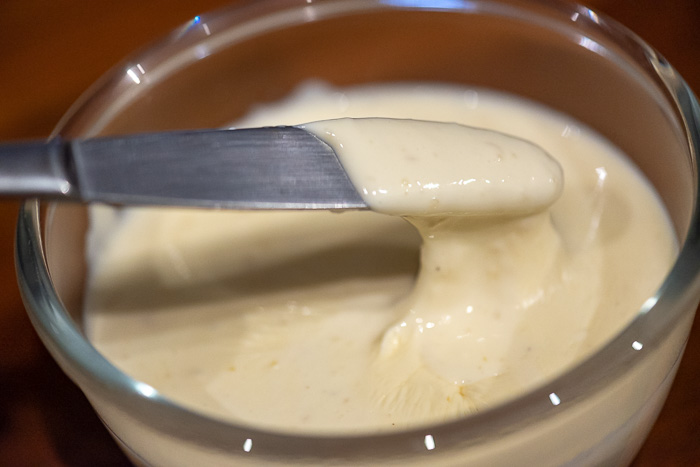Melted cheese recipe
Melted cheese is most often made by home cheese producers from spoiled cheeses, those that have become too hard, too dry, or too sour. But it can be made from any cheese or cottage cheese.
Melted cheese is most often made by home cheese producers from spoiled cheeses, those that have become too hard, too dry, or too sour. But it can be made from any cheese or cottage cheese.

The main prerequisite for the melted cheese to come together is salt is a melting pot. There are several so-called diluents:
Cart is empty.